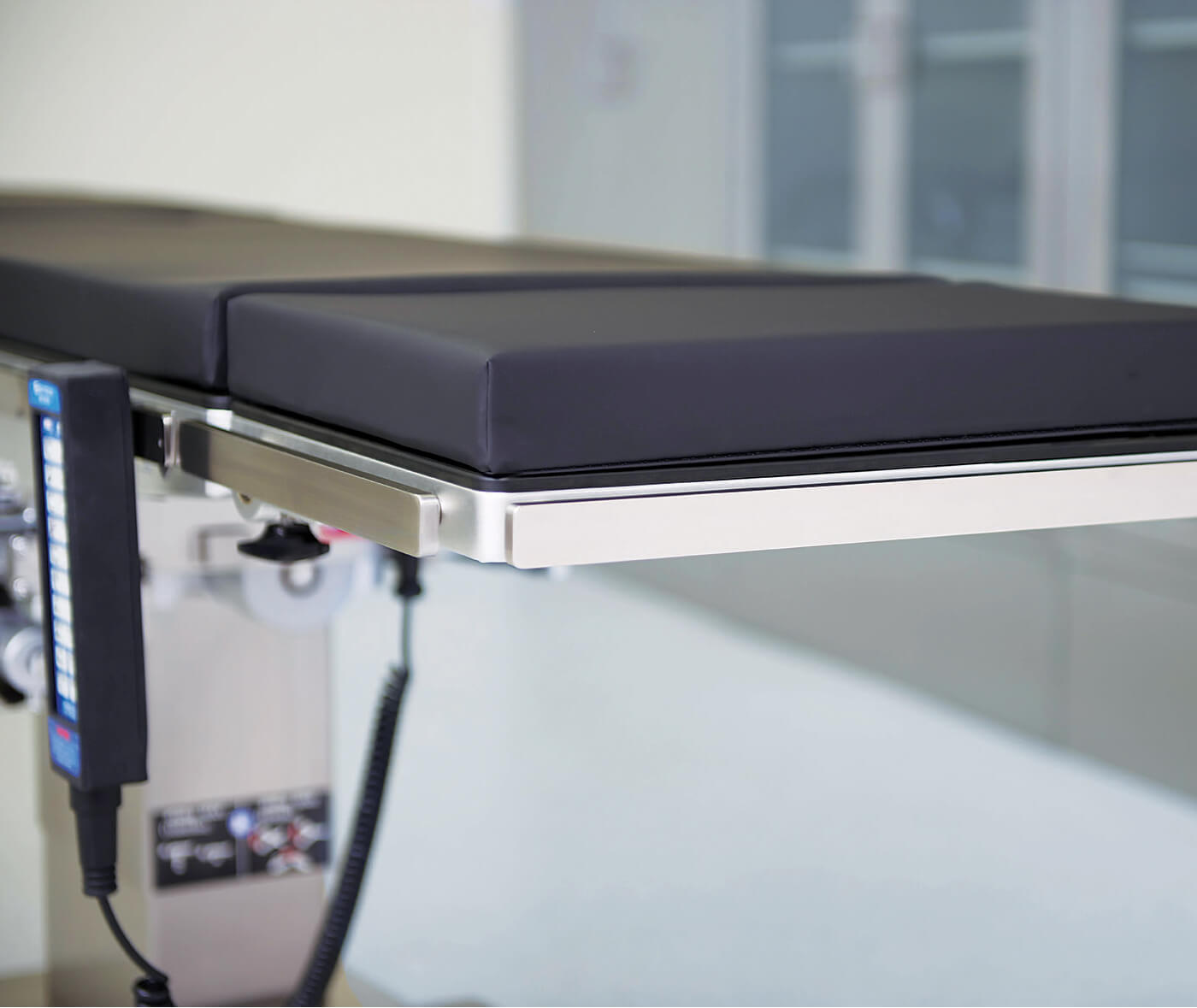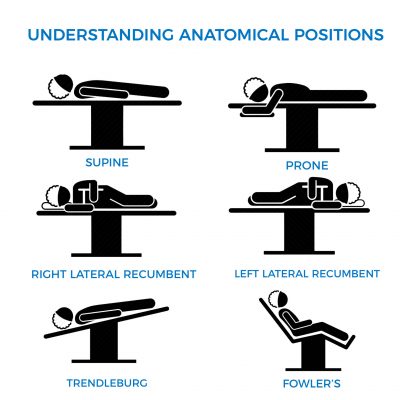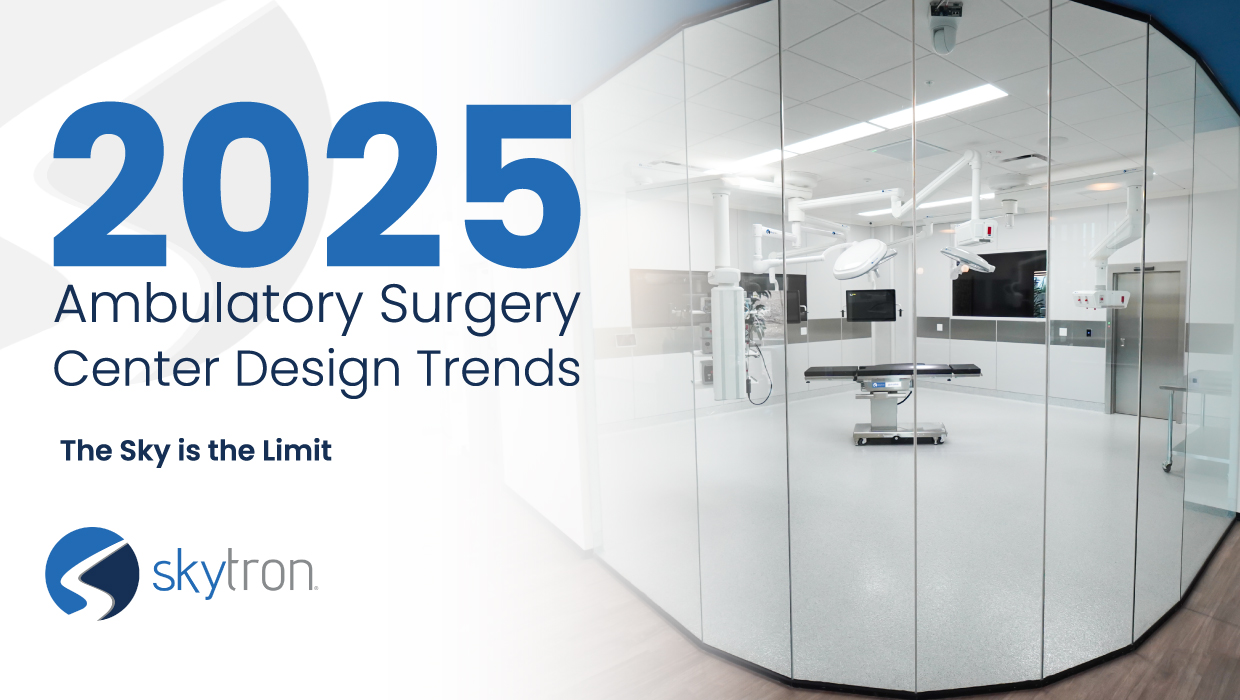
-
Written ByRebecca Kinney
-
PublishedSeptember 27, 2022
When it comes to choosing the right table for your operating room multiple factors have to be kept in mind. Of course, the type of surgical procedure, imagining needs, and physician preference affects this choice.
Additionally, positioning as it relates to clinical needs, patient safety, and the longevity of the bed itself are imperative considerations. In this article we will give you a basic breakdown of why it matters, and what is key to remember.
Positioning

The table you choose will be determined by patient positioning and procedural type. Here are the 6 common anatomical positions used:
- 1. Supine: Horizontal position with the face oriented up.
- Prone: Horizontal position with the face oriented down.
- Right Lateral Recumbent: Horizontal position with the right side oriented down.
- Left Lateral Recumbent: Horizontal position with the left side oriented down.
- Fowler’s Position: has a person sitting up (straight or with a slight lean).
- Trendelenburg’s Position: Supine position with the head about 30 degrees lower than the feet.
Additional Patient Factors:
- Type & Length of procedure
- Imaging Requirements
- Overall Health of the Patient: Bone and joint condition, skin breakdown, age and weight.
- On top of patient positioning and health affecting the table selection, table accessories are always necessary in achieving and holding the proper positioning. Table accessories come in all shapes and include things like: arm support, leg support, body support, and clamps.
Safety
Patient safety, and a great procedure outcome is always the primary goal of any case. When it comes to the operating room bed your facility chooses, and the safety of your patients it’s beneficial that your table includes:
Verbal articulation – allows verbal communications for many cautions like extreme articulation and table brakes unlocking. This keeps the OR team informed at all times.
Detection of table accessories when installed on the leg section and calculation in relation to the floor in order to prevent collisions.
Quality Table Brakes -Weight sensing brakes can provide stability information, and the quality of the brakes on your beds is pivotal. Brake lock indicators – give teams clear visual checks to see if the table is safe and ready for patient transfer.
Performance data tracking – Analytics can be tracked and stored with higher technology beds, this helps users understand and identify common errors which leads to better training and communication with biomed. We all know in healthcare tracked data is a key asset. Skytron surgical tables are designed with end-users in mind to handle the many challenges you face in the OR. Our portfolio includes imaging, top slide, and top rotation surgical tables with our low-profile bases that provide better access for surgeons and equipment during operation.
Longevity
Your operating room tables are an investment, less costly is not always better. Sure, we all have a budget of course, yet one must consider the total cost of ownership. A high-quality table will last you 10 years, and consist of quality components (thick, strong stainless-steel lasts for years without cracks and stands up to tough cleaning). It will have less downtime, OR time is valuable. Every moment of delay is costly. Lastly, we would be remiss to not mention liability costs associated with malfunctioning equipment.
If you understand these key factors, you will gain a clearer understanding of the questions to ask a potential vendor partner, and make the right choice for a great patient outcome.






